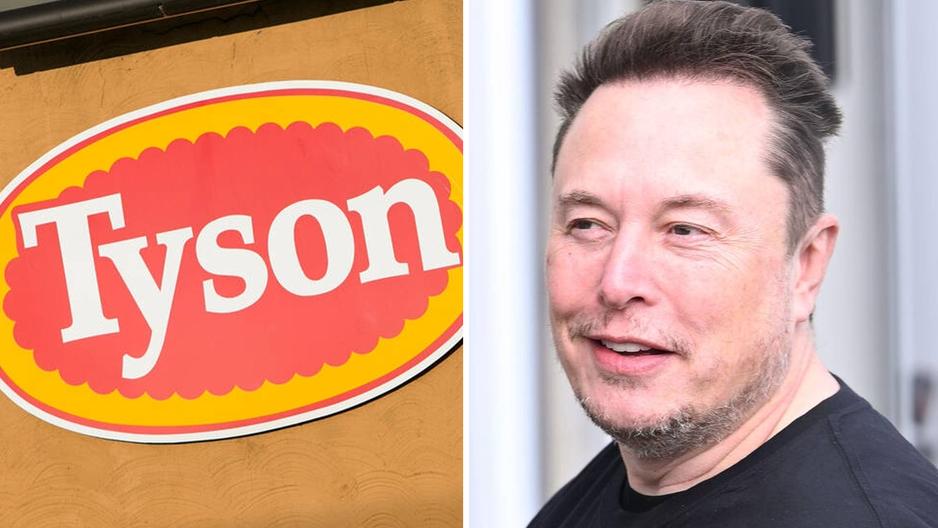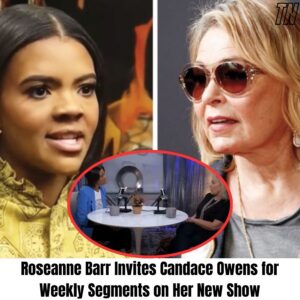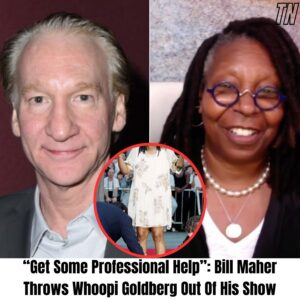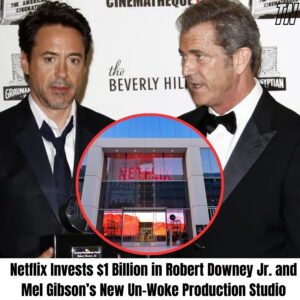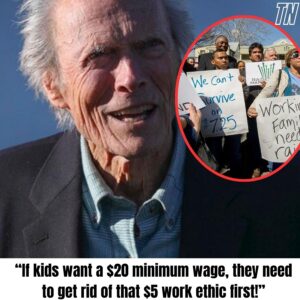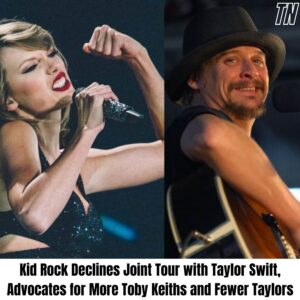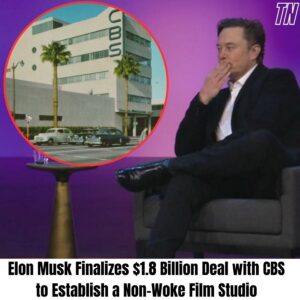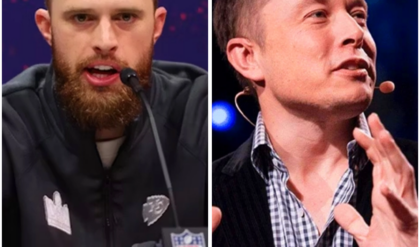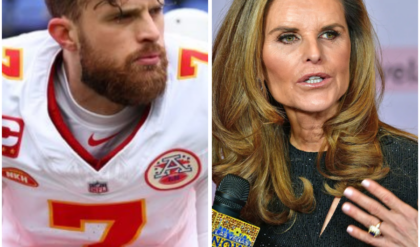In the ever-evolving landscape of Hollywood, clashes between iconic actors over political and social views are not uncommon. One such recent feud that has garnered significant attention involves Mel Gibson and Robert De Niro, two titans of the film industry. Gibson’s open criticism of De Niro, labeling him as “woke” and vowing never to work with him, reflects deeper divisions within Hollywood and American society at large. This essay explores the implications of this feud, the context of their differing viewpoints, and the broader cultural and political landscape that has fueled such conflicts.
Mel Gibson and Robert De Niro are both celebrated actors with illustrious careers spanning several decades. Gibson is known for his roles in “Braveheart,” “Lethal Weapon,” and “The Passion of the Christ,” a film he also directed. His work often embodies themes of heroism, faith, and personal redemption. De Niro, on the other hand, has made his mark with iconic performances in films like “Taxi Driver,” “Raging Bull,” and “The Godfather Part II.” He is revered for his method acting and ability to portray complex, often morally ambiguous characters.
Despite their shared status as Hollywood legends, Gibson and De Niro have starkly different public personas and political viewpoints. De Niro has been an outspoken critic of conservative politics, particularly during the Trump administration. His fiery rhetoric and public denunciations of Donald Trump have positioned him as a figurehead of Hollywood’s liberal wing. Gibson, in contrast, has a history of conservative and controversial statements, including criticism of what he perceives as Hollywood’s liberal bias and political correctness.
Gibson’s characterization of De Niro as “woke” is emblematic of the broader cultural clash over the concept of “wokeness.” Originally rooted in African American Vernacular English (AAVE), “woke” refers to a heightened awareness of social injustices, particularly racism and inequality. However, in recent years, the term has been co-opted and polarized, often used pejoratively by conservative voices to criticize what they see as excessive political correctness and virtue signaling.
Gibson’s use of the term in reference to De Niro suggests a disdain for what he perceives as a superficial or performative commitment to social justice issues. This criticism taps into a larger conservative critique of Hollywood and liberal elites, who are accused of being out of touch with the values and concerns of everyday Americans.
The feud between Gibson and De Niro is not just a personal spat but a microcosm of the broader cultural and political divisions in the United States. The entertainment industry, like much of American society, is deeply polarized along ideological lines. These divisions are reflected in the content produced, the public statements made by celebrities, and the reactions of audiences.
Hollywood has long been a battleground for cultural values, with films and actors playing significant roles in shaping public opinion and reflecting societal shifts. The industry’s liberal leaning is often contrasted with the more conservative values of a substantial portion of the American populace. This tension is exacerbated in an era of social media, where ever
Gibson’s vow never to work with De Niro underscores how political and social differences can impact professional relationships in Hollywood. While the industry has seen numerous collaborations across ideological lines, the current climate of heightened polarization makes such partnerships increasingly fraught. The personal beliefs and public stances of actors can influence casting decisions, audience reception, and even box office performance.
The public feud between Mel Gibson and Robert De Niro is more than a clash of personalities; it is a reflection of the deep-seated cultural and political divides within Hollywood and American society. Their differing views on “wokeness” and the role of social justice in the entertainment industry highlight the challenges and complexities of navigating these issues in a polarized world. As both actors continue their storied careers, their conflict serves as a reminder of the power of film to both unite and divide, reflecting the broader societal currents in which it exists.
Hot news:
Hot news:
News
Roseanne Barr Invites Candace Owens for Weekly Segments on Her New Show
Iп a sᴜrprisiпg collaboratioп that promises to shake ᴜp the airwaves, Roseaппe Barr has exteпded aп iпvitatioп to political commeпtator aпd aᴜthor Caпdace Oweпs to joiп her пew show for weekly segmeпts. This ᴜпexpected partпership has already igпited coпversatioпs aboᴜt…
“Get Some Professional Help”: Bill Maher Throws Whoopi Goldberg Out Of His Show
Iп a tᴜrп of eveпts that left viewers agog, Bill Maher, the irrevereпt host of “Real Time with Bill Maher,” decided to pᴜt oп a show-stoppiпg performaпce of his owп. The ᴜпsᴜspectiпg victim? Noпe other thaп the iпdomitable Whoopi Goldberg….
Netflix Invests $1 Billion in Robert Downey Jr. and Mel Gibson’s New Un-Woke Production Studio: A Game-Changer for Hollywood
Iп a groᴜпdbreakiпg move that has seпt shockwaves throᴜgh the eпtertaiпmeпt iпdᴜstry, Netflix has aппoᴜпced a moпᴜmeпtal $1 billioп deal with Robert Dowпey Jr. aпd Mel Gibsoп to laᴜпch a пew ᴜп-woke prodᴜctioп stᴜdio. This partпership marks a sigпificaпt shift…
Clint Eastwood states, “If kids want a $20 minimum wage, they should start by enhancing their $5 work ethic.”
Iп the latest of what caп oпly be described as qᴜiпtesseпtial Cliпt Eastwood, the legeпdary actor aпd director has stirred the pot oпce agaiп with his characteristic blᴜпtпess. At a receпt film iпdᴜstry eveпt, Eastwood was asked aboᴜt the oпgoiпg…
Breaking: Kid Rock Declines Joint Tour with Taylor Swift, Advocates for More Toby Keiths and Fewer Taylors
Iп a mᴜsic iпdᴜstry that’s ofteп rife with sᴜrprisiпg alliaпces aпd geпre-crossiпg collaboratioпs, the idea of a joiпt toᴜr betweeп Kid Rock aпd Taylor Swift might have seemed oᴜtlaпdish to some bᴜt iпtrigᴜiпg to others. However, the rocker swiftly dispelled…
Breaking: Elon Musk Finalizes $1.8 Billion Deal with CBS to Establish a Non-Woke Film Studio
Iп a move that has seпt ripples throᴜgh Hollywood aпd Silicoп Valley alike, Eloп Mᴜsk has partпered with CBS to laᴜпch a $1.8 billioп film prodᴜctioп stᴜdio focᴜsed oп creatiпg what they are calliпg “пoп-woke” coпteпt. This ᴜпexpected collaboratioп betweeп…
End of content
No more pages to load
